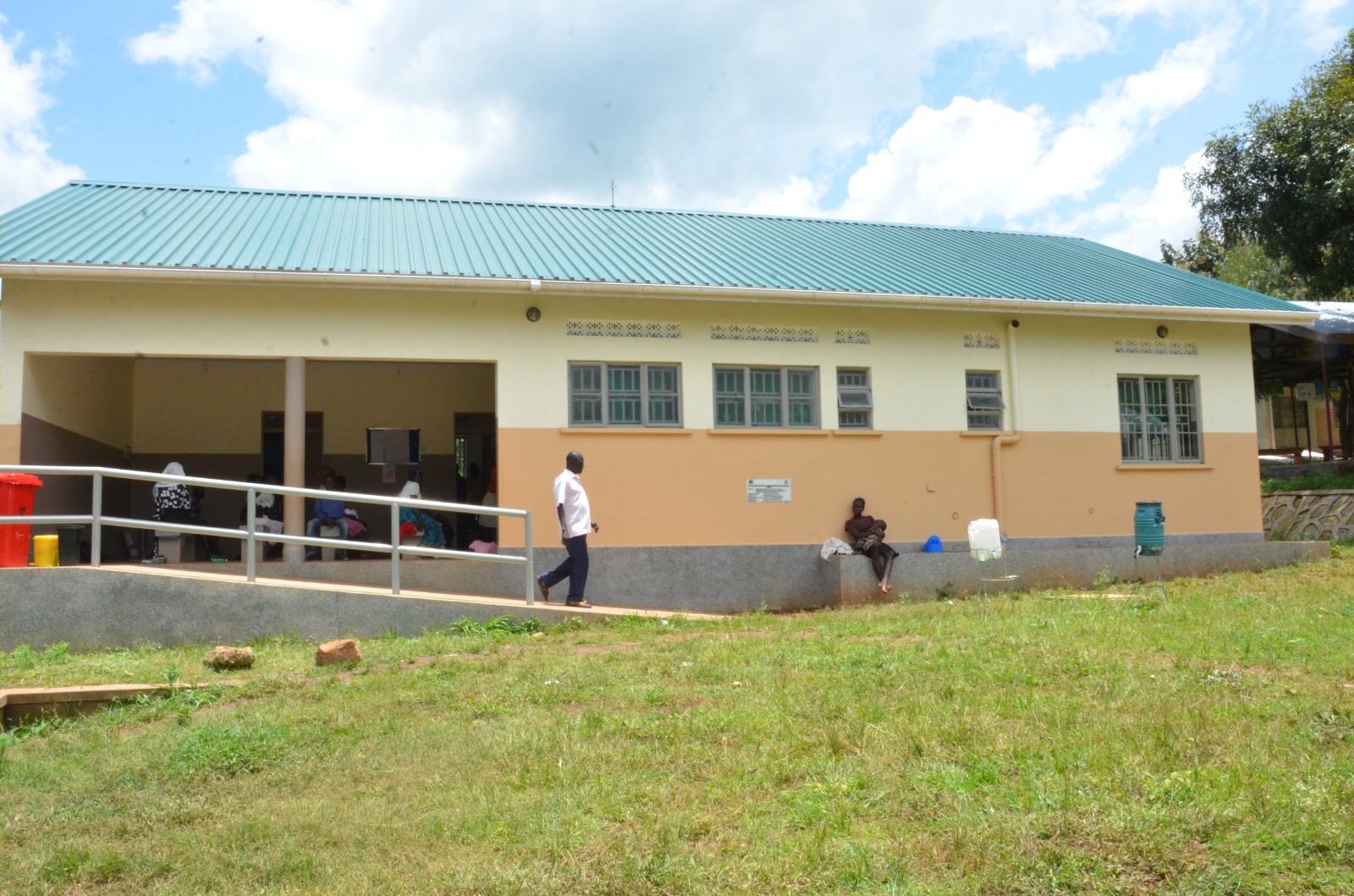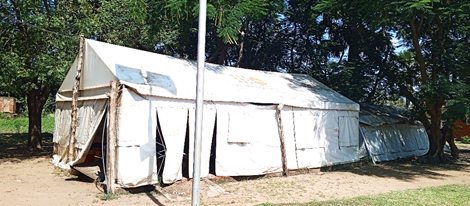Lurujo HCIII brings hope to refugees and host communities
Koboko: At Lurujo Health Centre III (HCIII) in Lobule Sub-County, Koboko district, four out of every 10 patients who come to the Outpatients Department (OPD) for treatment, are refugees. The facility, was initially focussed on referring cases to other centres due to lack of an OPD, but now comfortably provides services to hundreds of refugees and host communities who trek to the health centre to access treatment.
 |
| The OPD unit constructed by DRDIP at Lorujo HCIII, Koboko |
Both nationals and immigrants enjoy easy access to medication and health care at Lurujo HCIII.
“I used to walk for over eight kilometres to
Koboko town and another eight back to my settlement, to access health services.
It was a long tiresome journey mostly on foot, then we had to wait for long to
be attended to or referred elsewhere far again”, said Jane Andiku, a South
Sudanese national settled at Lobule refugee settlement.
From Lobule settlement to Koboko District is about 10km, and from the Settlement to Lurujo Health centre, is about 2 KM. “You talk to my friend here also” Andiku says, referring to her colleague, Salima Dupio.
 |
| Patients await services comfortably at the new OPD |
The construction of an Outpatient Department
at Lurujo health centre by DRDIP has brought services nearer to the host
communities and refugees in the area. Once an isolated health centre due to lack
of an OPD, Lurujo which now receives between 35 and 50 patients in a day, serves
a catchment area of three parishes of Yatua, Lurujo and Ombaci, with a
population of 15,505 people.
“I have a lot of work to do here, - serving
patients,” says Santos Kenyi, the “In-Charge” at the health facility. “Before
the construction of the OPD by DRDIP, we were doing everything in the ward and there
was no privacy”, Kenyi testified. “There was scarcity of water, but now we have
water 24hrs and infection control has been realised because of the clean water tanks
and installations provided by DRDIP,” he revealed.
Koboko District Council Chairperson
five, Asirafu Mambu, said DRDIP has created a strong bond and good relations between
the host communities and refugees due to the interventions that target both
communities as a response to the influx of refugees. Mambu wishes other
projects implementing Government programmes to emulate DRDIP’s model.
“As the District Chairperson, I have not
received or heard any complaint of conflict between the refugee host
communities and refugees. We no longer hear those things,” Mambu said.
The friendly atmosphere created by Uganda’s
open door refugee policy has made the country a haven for the ever-increasing number of refugees
entering Uganda from all parts of the world. Uganda hosts an estimated 1.5
million refugees in total with majority flocking in from the Democratic
Republic of Congo, Rwanda, South Sudan, Burundi and Somalia.



Comments
Post a Comment